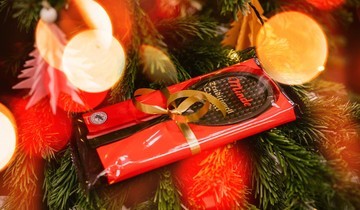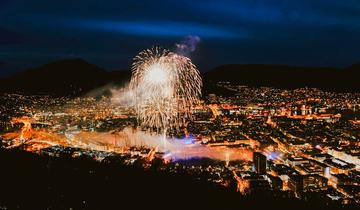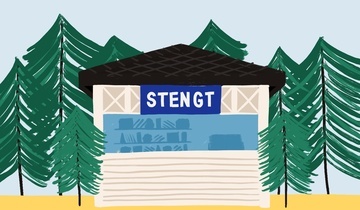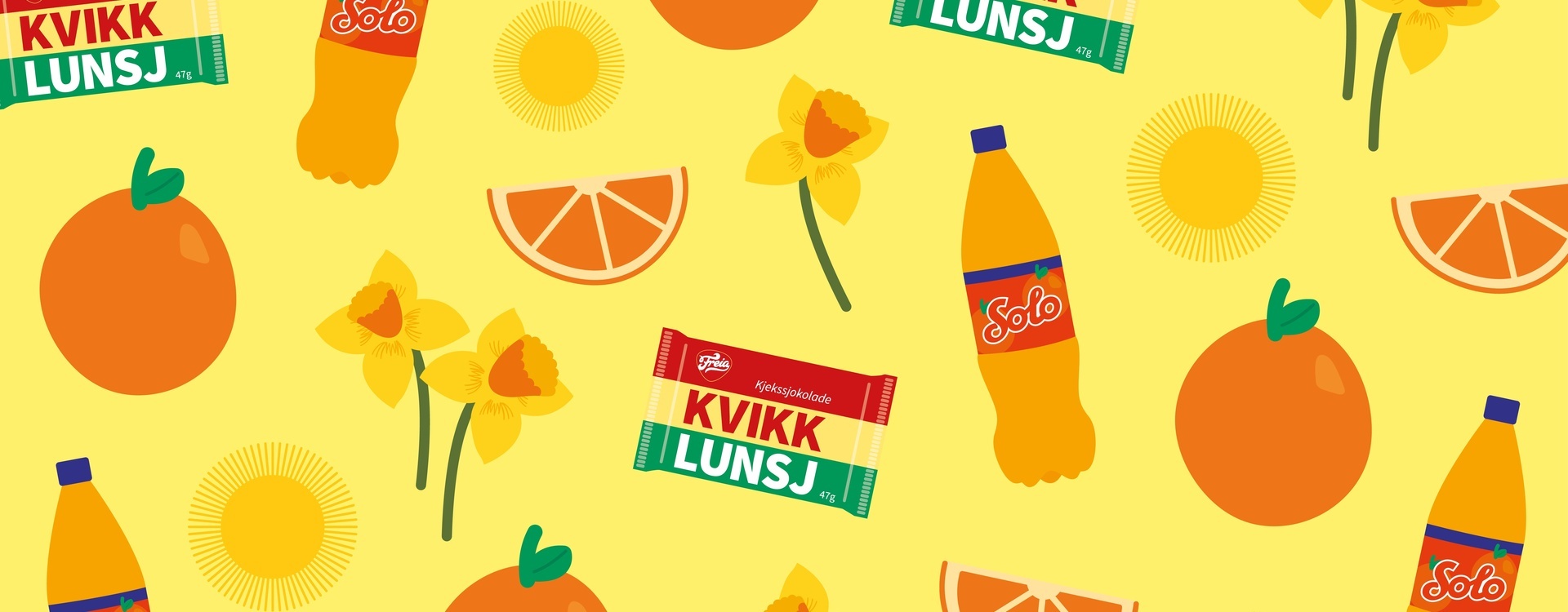
Easter traditions in Norway
Why is a chocolate bar, oranges, and crime books an important part of Easter traditions in Norway? And what does "påskestemning" really mean? Read on to learn everything you need to know about how Norwegians celebrate Easter.
Over the Easter period, you might notice the hashtag “påskestemning” trending on the social media accounts of your Norwegian friends, or other Norwegian accounts you follow. Påskestemning (literally Easter atmosphere”, or that “Easter feeling”) can obviously mean different things to different people. For some it could be that sickly feeling you get after scoffing down one too many Easter eggs. For others maybe it’s running around the park or a garden hunting for eggs. If you are a Christian, maybe it’s the joy that Lent has finally finished.
Public holidays at Easter
There are three public holidays in the Easter period in Norway (Maundy Thursday, Good Friday and Easter Monday). Additionally, Wednesday in Easter week is a half day and schools break up for the Easter holiday on the Friday before. With so many days off, many Norwegians will use a couple of holiday days, or take time off in lieu, and enjoy a full week of holiday.
However, you’ll probably find that many of the hastags used for “påskestemning” depict a snowy scene with a bright blue sky, skis, oranges and people sitting outside in the snow basking in sunshine. Spring is on it’s way, the flowers are blooming, and the Norwegians have used the days off work to head to the mountains and enjoy their last opportunity of the year to ski!
With all the public holidays over Easter, even the larger cities like Bergen and Oslo seem pretty deserted. You may find one or two fast food chains open, but shops will be closed, as will most restaurants and many bars.
A few Norwegian Easter Traditions
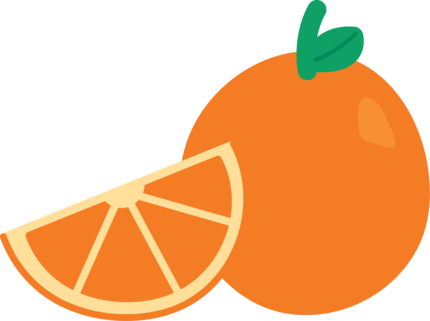
Oranges
Historically, oranges only came to Norway during the winter, with the oranges that arrived around Easter time being the sweetest. And so, tradition was born! Even though Norway now has access to sweet oranges all year round, oranges have now become a symbol of Easter in Norway; with Norwegians eating 16 million oranges over the Easter Holiday period!
Cabin trips and ski trips
Norway has the world’s longest Easter Holiday, so it’s no wonder Norwegians use the time off work to escape to the mountains! Easter is at the end of the skiing season, and the weather is often sunny.
Påskenøtter
Although literally translating to “easter nut”, påskenøtter refers to a TV quiz show that airs on NRK every Easter. A type of crossword puzzle.
Påskeegg (Norwegian Easter Eggs)
You don’t generally find chocolate eggs covered in plastic and lots of cardboard packaging in Norway. Traditionally, a Norwegian Easter is a hollow cardboard egg reused each year. The egg is usually filled with pick and mix, and small chocolate marzipan eggs.
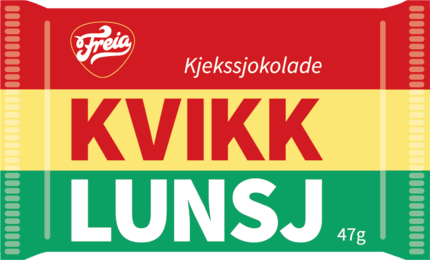
Kvikk-lunsj
Basically a Norwegian KitKat, but a Norwegian will probably disagree and swear blindly that it is a thousand times better. It’s become somewhat of a mascot for hiking in Norway, and is especially popular at Easter.
Crime Books, TV, and Radio
Perhaps not your usual easter reading, Norwegians LOVE their “påskekrim” (translating to Easter Crime). So much so, that Easter Crime has become as much of an Easter tradition as Easter Eggs and cabin trips. You will find that Norwegian TV- channels such as NRK and TV2 show crime series, book shops will generally have offers on crime books, and newspapers and magazines will have written their own crime stories.
Some useful Easter translations:
Bypåske – Easter in the City / Easter in the town
For those that don’t have their own cabin, prefer to stay away from the snow, or perhaps have to work; bypåske has its own hashtag! In Bergen you’ll undoubtedly see lots of posts with bypåske from Vidden, byfjellen (lenke), and from the city itself.
Brustadbua
A corner shop that is open when other shops have to be remain closed in accordance with Norwegian law. Regulations dictate the maximum area of a Brustadbua, and they are therefore small. These shops will be open at Easter, but the pickings will be slim. (Norwegians tend to stockpile anything and everything any time shops are closed for more than two days).
Levegg – A wall that shelters you from the wind.
A lot of the sunny snowy pictures from the mountains will be taken by a wall.
Påskelam – Easter lamb
Many Norwegians eat roast lamb with potatoes and vegetables at Easter.
Påskemarsipan – Easter Marzipan
In Europe marzipan has been a festive sweet for the religious holidays since the Middle Ages. In modern timed the chocolate industry has embraced this tradition as an effective strategy to sell more sweets.
Solo – Orange Soda
A Norwegian brand of orange soda that you take with you to the mountains.
